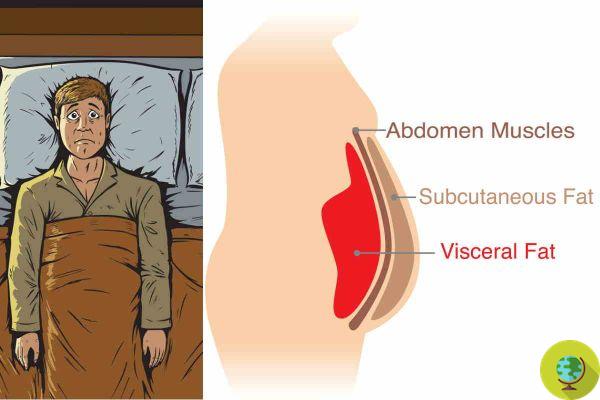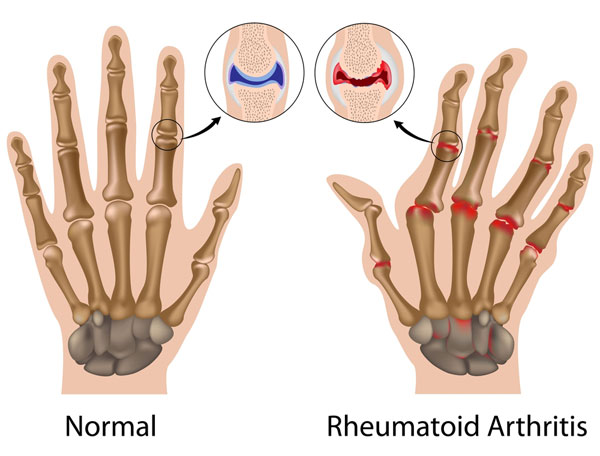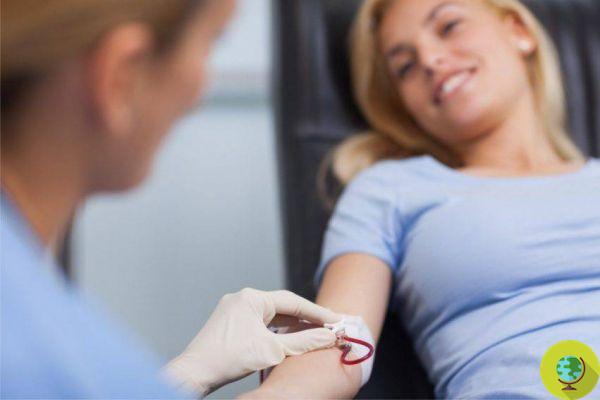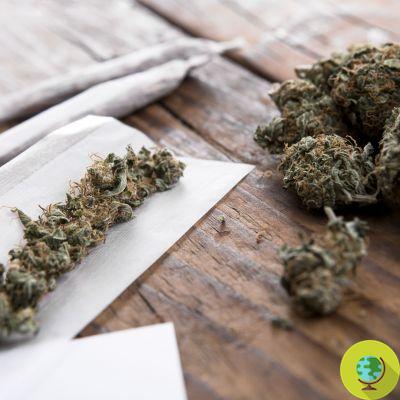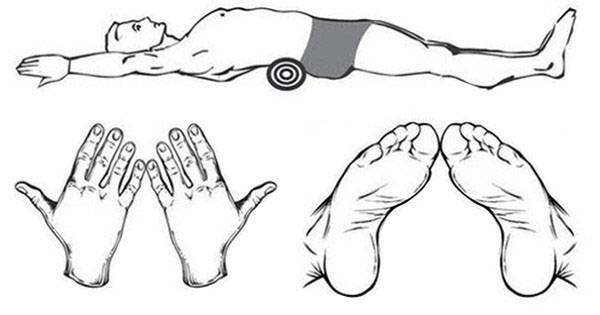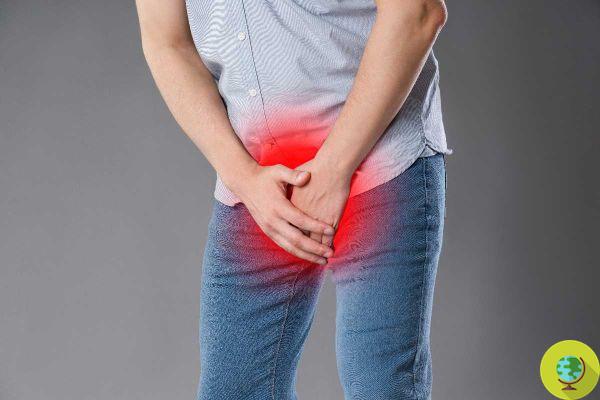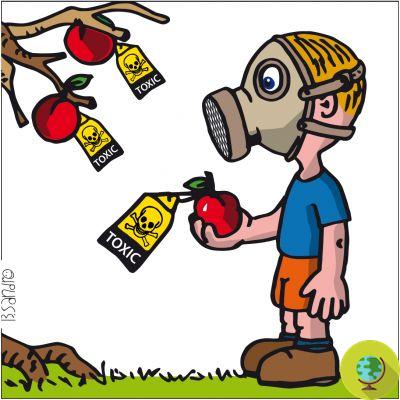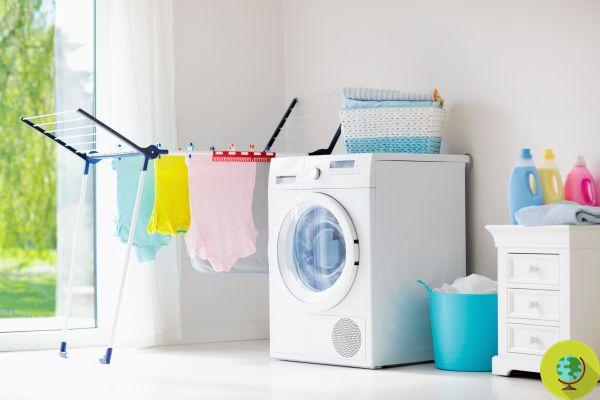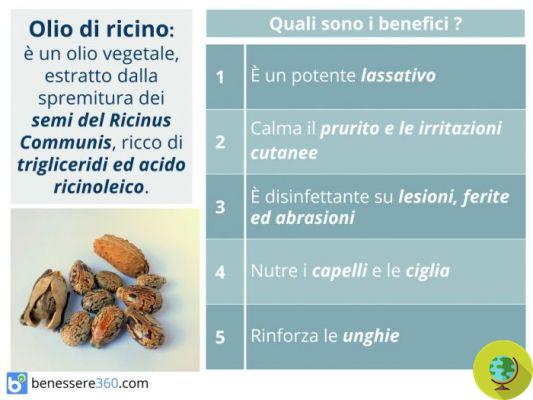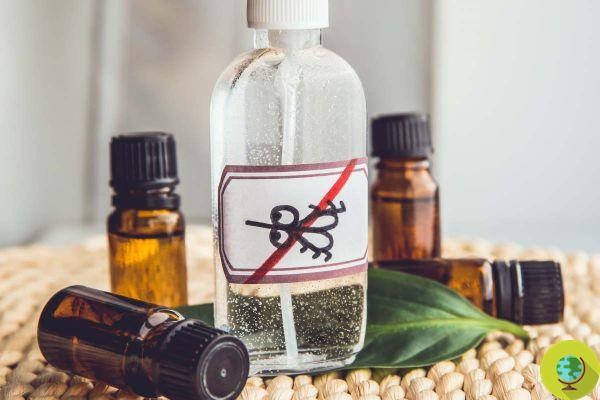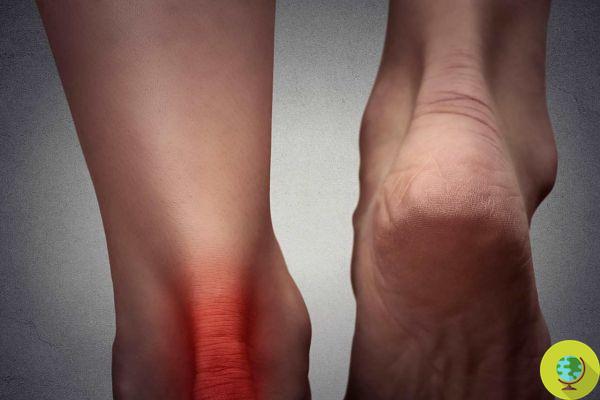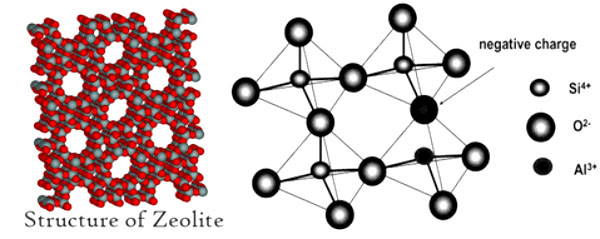What is toxic shock syndrome and how to treat it
Generally it connects to theuse of tampons, so much so that it is in the women which has greater impact: it is the toxic shock syndrome (TSS), a inflammatory response of our organism, determined by bacterial strains capable of producing some types of exotoxins.
High fever, vomiting, diarrhea, confusion and rash are i main symptoms, all not to be underestimated, since inflammation can quickly lead to even severe shock that is difficult to treat.
Identified in the early 80s, the incidence of TSS associated with the use of internal tampons has decreased over the years, thanks above all to more innovative methods of producing sanitary pads for internal use and to the banning of certain products from the market. What is certain is that too women have become more and more aware of the danger associated with their misuse, further reducing the risk of developing symptoms of toxic shock syndrome.
To date, toxic shock syndrome, also called "menstrual", represents about 70% of cases and the risk varies according to the degree of absorbency and the chemical composition of the tampon itself. In addition, it must be said that about 15% of cases occur after delivery or as a result of postoperative surgical wound infections or staph infections.
Index
HOW IT MANIFESTS
Suddenly and with very high fever, headache, sore throat, non-purulent conjunctivitis, profound lethargy, intermittent confusion, vomiting, diarrhea. The most frequently encountered symptoms are:
- Sudden high fever (38,9 ° C or higher) and chills
- Hypotension
- Coagulopathy, with bleeding problems
- Nausea, vomiting and / or diarrhea
- Widespread rashes on the body and swelling of the face and eyelids
- Confusion and disorientation
- Abdominal pain and vaginal discharge
- Muscle aches or weakness
- Redness of the eyes, throat and vagina
- Headache or dizziness
- All of this could cause serious damage to other organs in the body as well.
WHY IT HAPPENS
Researchers are bent on buckling tampons are the cause of toxic shock syndrome, but we don't really know why. Some believe that when tampons are left in place for too long they can create colonies and colonies of bacteria. Others argue that the fibers of the tampons can scratch the walls of the vagina, making it easier for bacteria or their toxins to enter the bloodstream.
NON-MENSTRUAL SHOCK
Well, toxic shock syndrome can also be caused by a prolonged use of antibiotics, yes andfstaphylococcal or streptococcal infections (especially in the presence of skin wounds or surgical incisions), some contraceptive methods to be inserted into the vagina (such as the vaginal diaphragm or the contraceptive sponge, from skin injuries o burns or from gynecological or uterine infections.
HOW IT IS CARED FOR
First you have to resort to a hospitalization and the infection can be managed with a series of antibiotics. In severe cases, immunoglobulins may also be administered, especially indicated for neutralizing toxins produced by bacteria. In case of hypotension, drugs should be given to stabilize blood pressure. Hypotension can also lead to kidney failure, so you may also need it dialysis.
Also, if toxins have attacked skin tissue or other extremities of the body such as fingers or toes, the infected site will need to undergo an irrigation procedure. In very severe cases, surgical cleaning of the infected wound or amputation of an extremity of the body may be necessary if gangrene has developed.
Is it possible to prevent it? Of course! Avoid the use of internal tampons and choose the menstrual cup. In case you choose to use them cchange them frequently and wash your hands with soap and water before and after insertion.
Germana Carillo
READ also:
- 10 reasons to use the menstrual cup
- The alternatives to the use of tampons and sanitary towels





